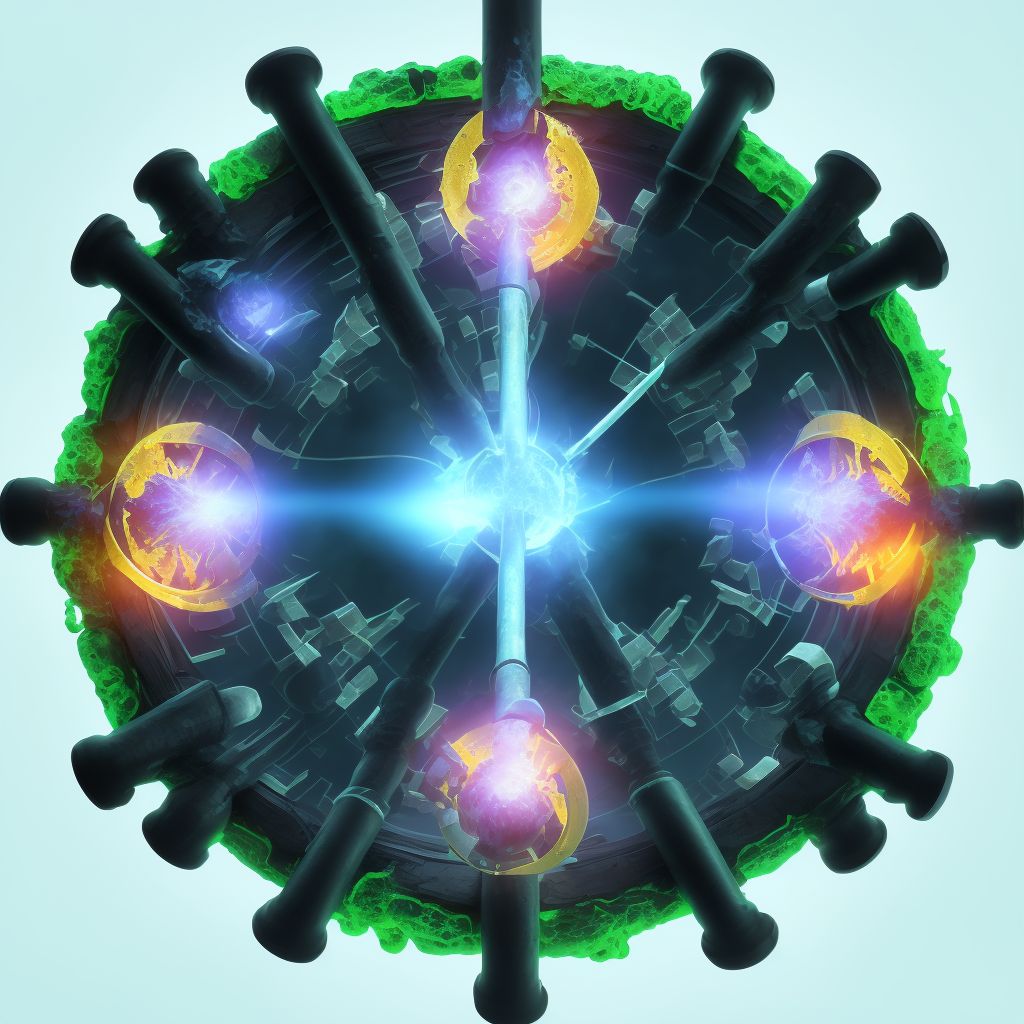
Displaced spiral fracture of shaft of unspecified fibula, subsequent encounter for open fracture type IIIA, IIIB, or IIIC with delayed healing Save
ICD-10 code: S82.443J
Disease category: S82.443: Displaced spiral fracture of shaft of unspecified fibula
Displaced Spiral Fracture of Shaft of Unspecified Fibula: Understanding the Condition
A displaced spiral fracture of the shaft of the unspecified fibula is a specific type of bone injury that occurs when the fibula, one of the two bones in the lower leg, breaks and the fracture line spirals around the bone. This condition is characterized by a significant displacement, meaning that the broken ends of the bone are no longer aligned properly.
Subsequent encounters for open fractures of type IIIA, IIIB, or IIIC with delayed healing refer to follow-up visits with healthcare professionals after the initial injury. These types of open fractures are severe and involve both the fracture and an open wound, which may require surgical intervention and ongoing monitoring.
Delayed healing is a common complication associated with these types of fractures. It occurs when the bone takes longer than expected to heal or does not heal properly. Factors such as the severity of the fracture, patient age, overall health, and the presence of underlying medical conditions can contribute to delayed healing.
Causes and Symptoms
A displaced spiral fracture of the shaft of the unspecified fibula can result from various causes, including sports injuries, falls, and accidents. The twisting force applied to the bone causes it to fracture in a spiral pattern.
Common symptoms of this type of fracture include severe pain, swelling, tenderness, bruising, and difficulty bearing weight on the affected leg.
Diagnosis and Treatment
To diagnose a displaced spiral fracture, a healthcare professional will perform a physical examination and may order imaging tests such as X-rays or CT scans. These tests help determine the extent of the fracture, the level of displacement, and the severity of the open wound if present.
Treatment for this condition typically involves immobilizing the leg with a cast, brace, or external fixation device to allow the bone to heal. Surgical intervention may be necessary in more severe cases to realign the bone fragments and stabilize the fracture with screws, plates, or rods.
- Stay off the affected leg and avoid putting weight on it.
- Follow the healthcare professional's instructions regarding pain management and any prescribed medications.
- Attend all follow-up appointments to monitor the healing progress and ensure proper care.
In conclusion, a displaced spiral fracture of the shaft of the unspecified fibula is a complex injury that requires prompt medical attention and careful management. By following the recommended treatment plan and adhering to healthcare professional's advice, patients can improve their chances of successful healing and recovery.
Treatment of Displaced spiral fracture of shaft of unspecified fibula, subsequent encounter for open fracture type IIIA, IIIB, or IIIC with delayed healing:
Treatment Options for Displaced Spiral Fracture of the Fibula Shaft with Delayed Healing
Displaced spiral fractures of the fibula shaft can result in significant pain and impaired mobility. When these fractures do not heal properly, it is essential to explore appropriate treatment options. This article will discuss some of the recommended approaches for managing a displaced spiral ...
To see full information about treatment please Sign up or Log in